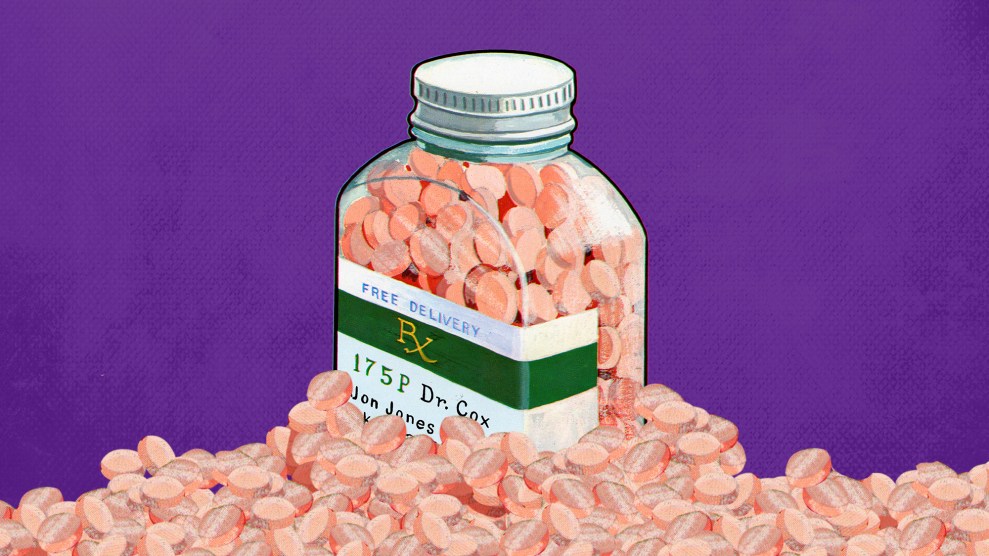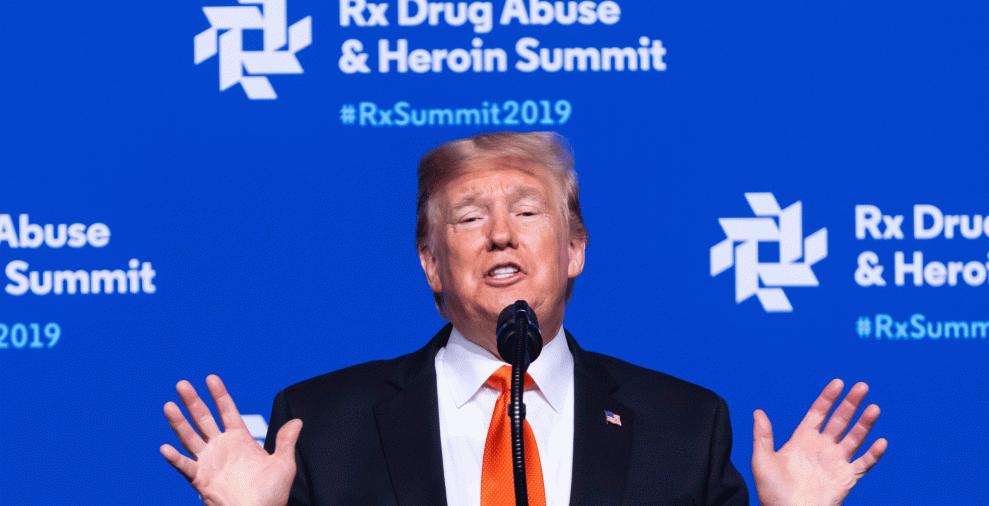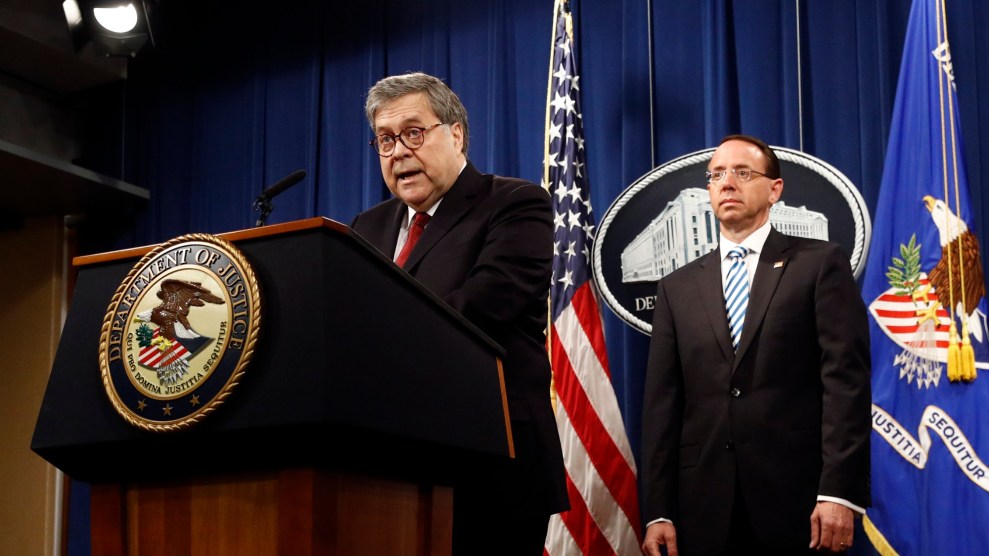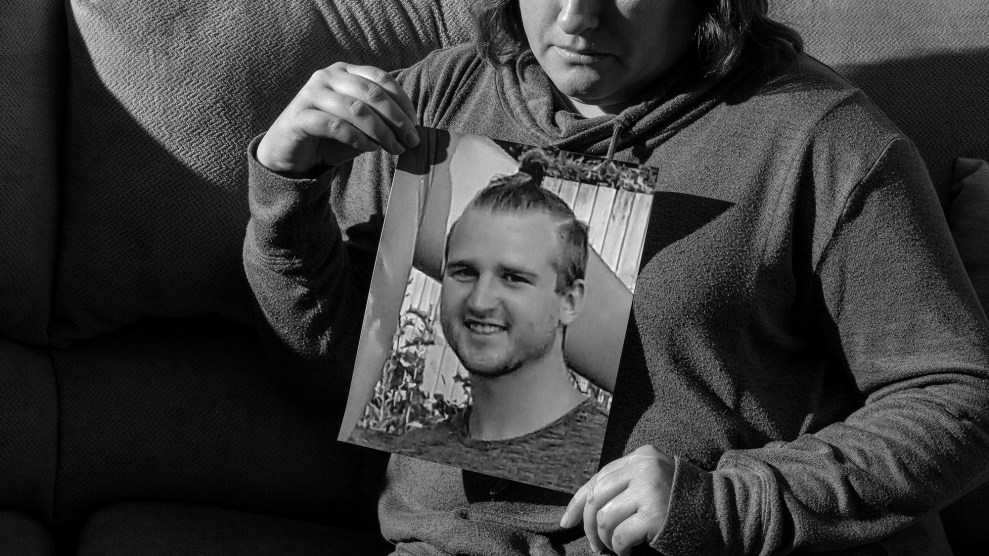Before it was dissolved this fall, Purdue Pharma made billions selling the painkillers behind the overdose crisis while giving millions to patient advocacy groups, doctors’ organizations, and academia—spending that effectively served as an OxyContin marketing blitz.
Yet the details of this largesse have long been murky. Congressional and media investigations have named only a handful of recipients, and a more comprehensive view of Purdue’s payouts didn’t exist—until now.
Buried among thousands of opioid litigation documents is a 44-page spreadsheet from the company detailing more than $115 million in disbursements to nearly 800 organizations, including medical societies, police associations, anti-drug campaigns, and political networks. The data, which runs from 2002 to early 2015, reveals that groups like the Partnership for a Drug-Free America, PhRMA, and the Patient Advocate Foundation took even more money after 2007, when Purdue executives were convicted of federal felonies for misleading regulators and physicians about OxyContin’s dangers.
While the company touted its spending as a virtuous effort, medical experts say it ultimately served Purdue. “Any marketing message that a pharmaceutical company can get into the voice of a third party is a more effective marketing message for them,” Georgetown pharmacology professor Dr. Adriane Fugh-Berman told Mother Jones. And as Johns Hopkins epidemiologist Caleb Alexander put it, “For-profit pharmaceutical companies don’t give away money for free. Even the philanthropic giving—rest assured it’s highly aligned with commercial strategy.”
Where $115 million went
We sorted the 3,769-line database, verifying key entries against previous reporting and government investigations, or with recipient organizations. Representatives of the company and many other organizations did not dispute the spreadsheet’s accuracy or otherwise respond to requests for comment.
To get a deeper look into Purdue’s spending, explore our interactive chart. For highlighted findings, look below.
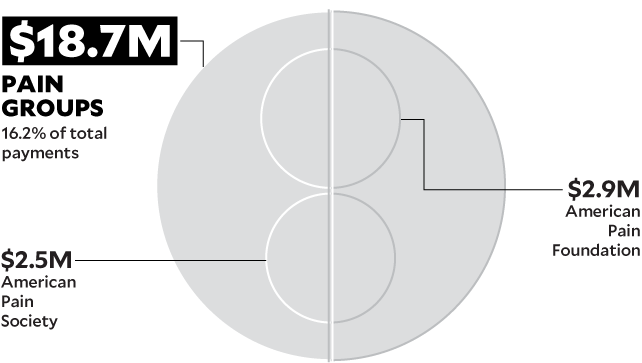
Purdue bankrolled organizations for pain doctors and their patients, lending OxyContin marketing a human face. A 2018 Senate report found that both the APF and the APS developed messaging to support “the financial interests of opioid manufacturers.” Both were dissolved after their drugmaker funding was revealed.

Known for its iconic “This Is Your Brain on Drugs” TV ads, PDFA received funding for a helpline and an anti-medicine-abuse project. Its successor organization told Mother Jones it would never again “have any relationship with Purdue Pharma or any other opioid pain medicine manufacturers.”

Purdue Pharma’s website trumpets its support of NADDI as part of a 20-year effort to “stem prescription opioid abuse.”
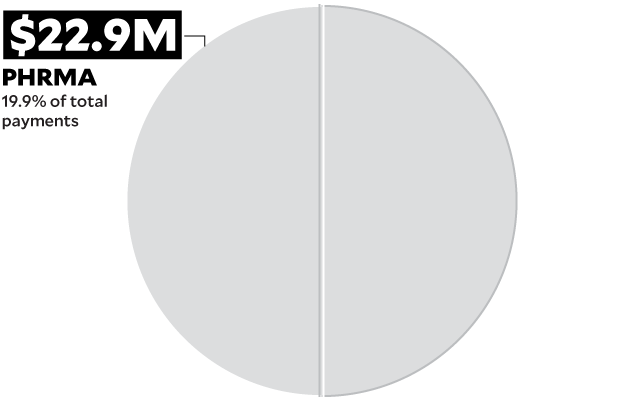
The powerful lobbying group is the database’s largest single recipient, accounting for roughly a fifth of the total.
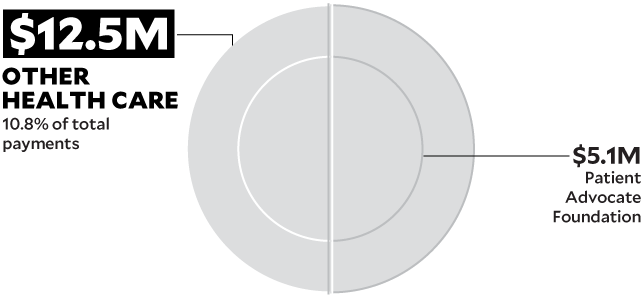
Virginia’s attorney general said Purdue and the PAF worked together to spread the company line on painkillers; the group says the funding supported a program to help patients cover drug co-pays.
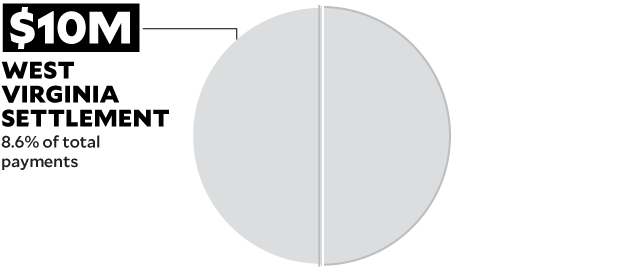
While Purdue was ordered to pay at least $644 million in court settlements over the period covered by the spreadsheet, it only explicitly mentions this one case. In September, a federal bankruptcy court ordered the company’s owners to pay a final $4.5 billion settlement.
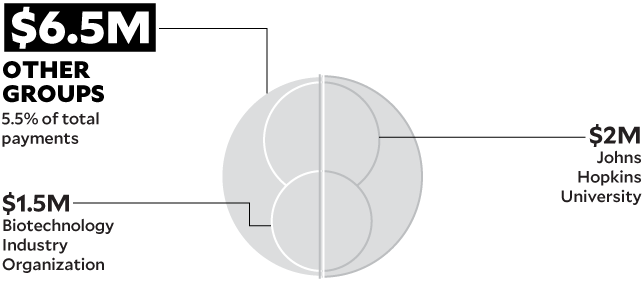
Includes BIO and at least one other lobbying association, several YMCA groups in Purdue’s home state of Connecticut, and significant donations to Johns Hopkins.

In 2003, the Government Accountability Office found cancer patients were an early and major target of Purdue’s painkiller marketing.

As OxyContin came under greater media and government scrutiny, the spreadsheet indicates a fourfold increase going to groups of elected officials. The largest recipient was a fund associated with the US Conference of Mayors.
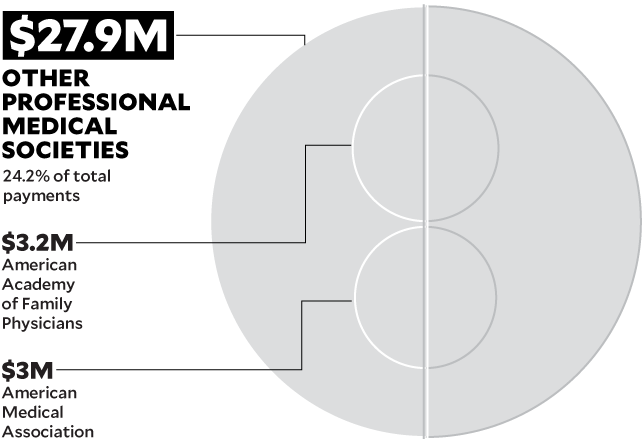
The AMA and its foundation received more than $3 million—both to promote painkillers and to fight addiction to them. (The AMA denies that the funding affected its lobbying or policies.)

